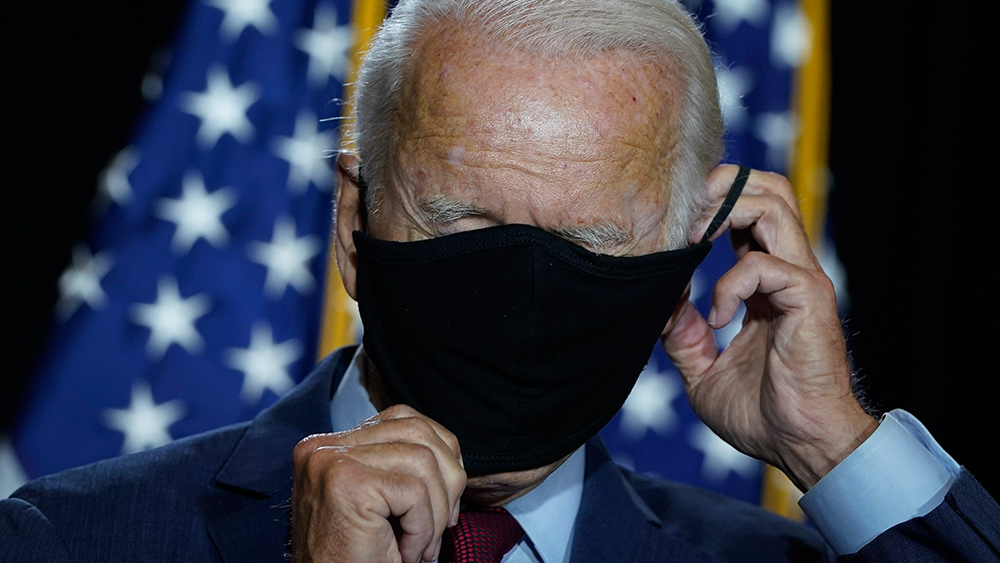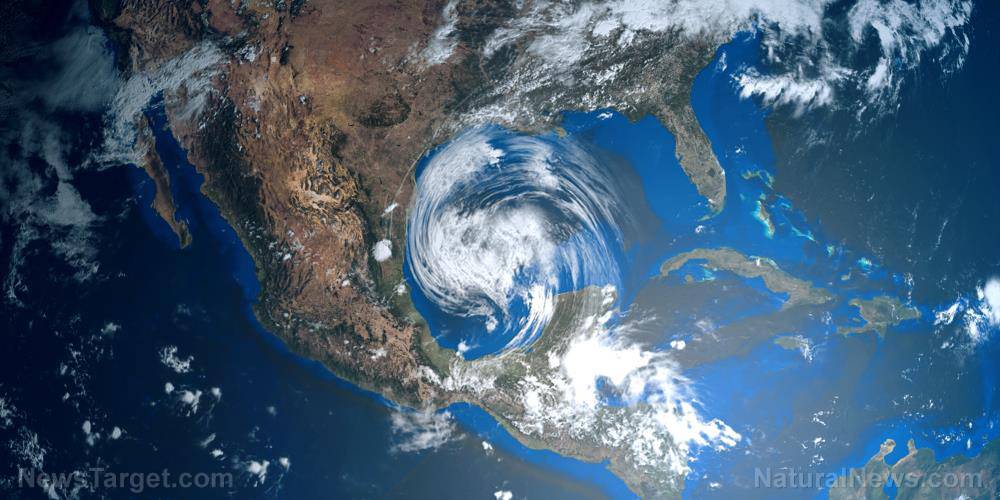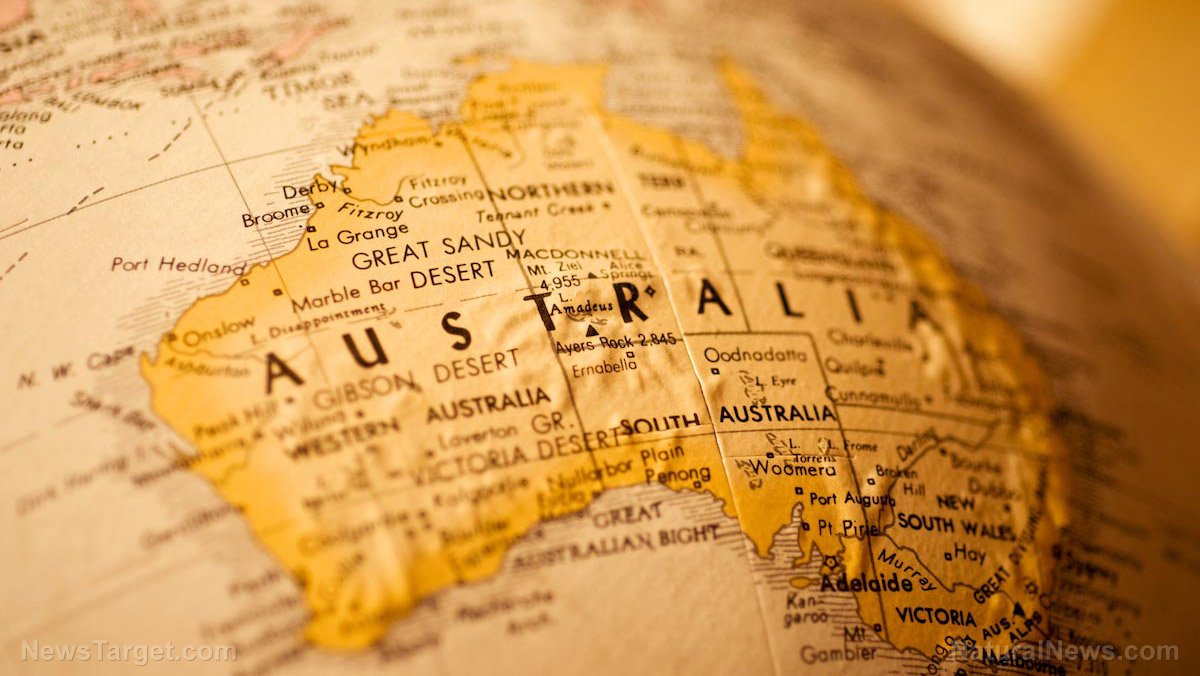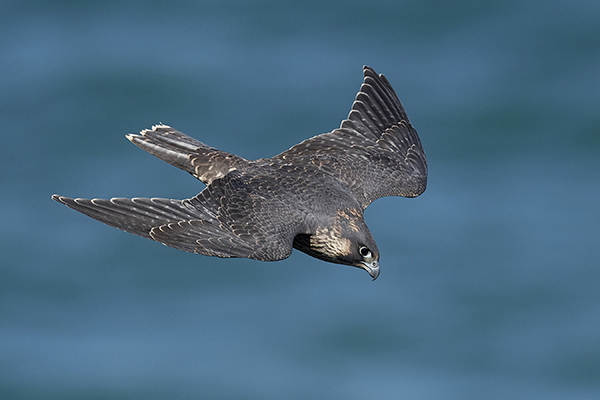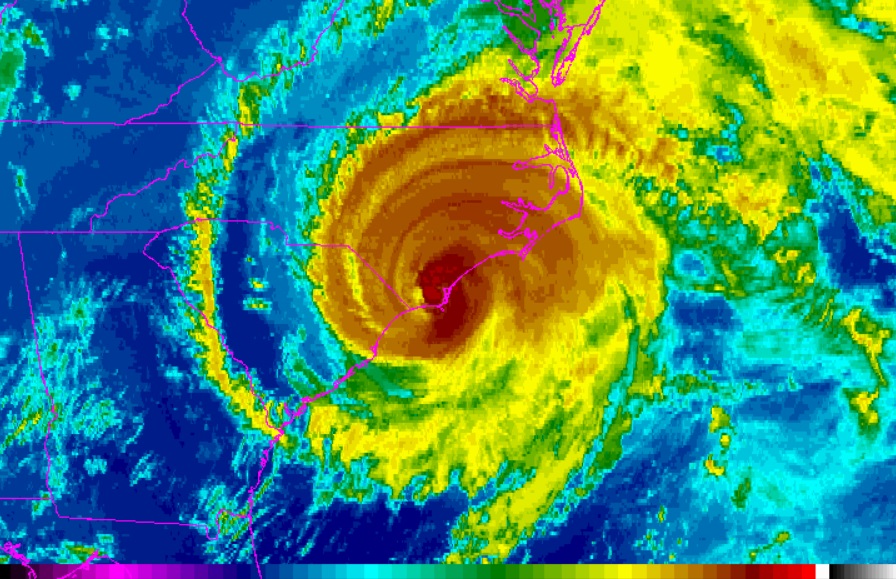Wildlife is in peril as most protected land areas become isolated
09/18/2020 / By Virgilio Marin

Protected areas all over the world have become disconnected from each other due to human activity — impacting wildlife habitats and biodiversity, reports a new study in Nature Communications. In the study, an international team of researchers examined the total protected area of land per country and found that only 10 percent of them are connected via intact ecological corridors. These natural thoroughfares facilitate wildlife migration and biodiversity.
The rest of the global protected area has become isolated due to the spread of human-related activities, such as urbanization, farming and mining. In these areas, animals and plants are exposed to a great degree of danger as they are trapped in an isolated habitat.
The researchers hope that their findings can lead to increased conservation and restoration efforts and improved management of protected areas.
Disconnected protected areas
According to the International Union for Conservation of Nature (IUCN), protected areas are clearly defined geographical spaces protected by law or other means for the long-term conservation of nature. These areas include national parks, wilderness areas, nature reserves and community-conserved areas.
There are more than 202,000 areas across the globe designated as protected areas. They contribute to people’s livelihoods and boost biodiversity. For instance, they provide a home for animals fleeing danger, as protected areas are often structurally connected to each other through nature’s corridors.
“When intact, healthy habitat connects these protected areas, species can migrate, escape danger such as fires, and track their preferred microclimates,” said first author Michelle Ward of the University of Queensland.
In the study, the researchers found that just 9.7 percent of Earth’s protected areas are structurally connected. That leaves a whopping 90 percent in isolation. Meanwhile, around 11 percent of each country’s protected regions are considered connected.
A multi-country treaty, called the Convention on Biological Diversity, encourages countries to protect at least 17 percent of their total land area as part of the treaty’s global target. However, only nine countries and territories are able to do this while maintaining levels of structural connectivity at 50 percent. These areas make up 4.6 percent of the total global protected area.
The researchers said that locating future protected areas will be critical in ensuring that these areas will remain, or become, structurally connected. The large-scale protection and restoration of habitats will also be important as the scope of protected areas can be limited.
“Most nature lives beyond the protected area boundary,” said co-author James Watson, director of the Wildlife Conservation Society and professor at the University of Queensland.
“Most of nature has no chance if it is to survive in just 20 percent of the world,” added Watson. (Related: Are the world’s protected lands really being protected? A study concludes “no”.)
Declining number of wildlife
The study comes as two-thirds of the world’s wildlife population declined in the last 50 years, according to the Living Planet Report from the World Wildlife Fund.
During that period, several land, air and freshwater species were classified as endangered. They include the eastern lowland gorilla, the African gray parrot and the Chinese sturgeon.
The main driver for the sharp decline is habitat loss and degradation, driven primarily by the same activities that predispose the world to the spread of viruses. In particular, the authors highlighted that the illegal wildlife trade has catastrophic impacts not only on wildlife populations; as the COVID-19 pandemic illustrates, the practice also has dire consequences on humans.
The report concluded that species decline will not stop unless bolder efforts are embraced. These efforts include enforcing big changes in how humans produce and consume food.
Ecology.news has more on environmental research.
Sources include:
Tagged Under: animal conservation, biodiversity, deforestation, Earth, ecological isolation, Ecology, Endangered species, environment, habitat, illegal wildlife trade, protected areas, structural connectivity, wildlife

